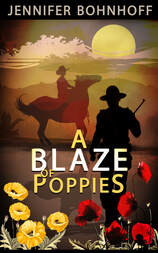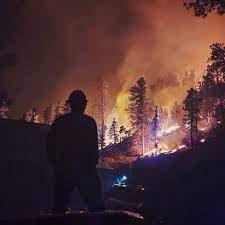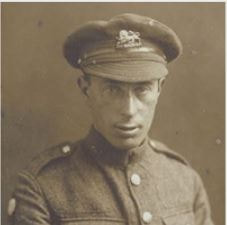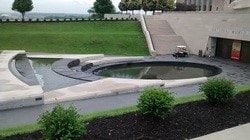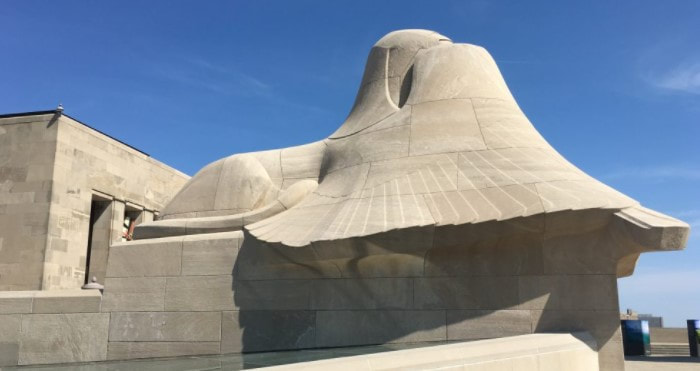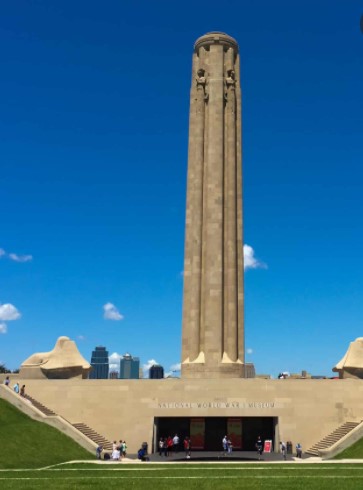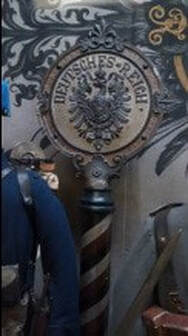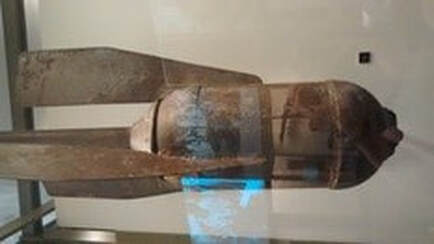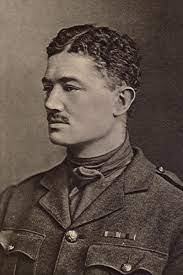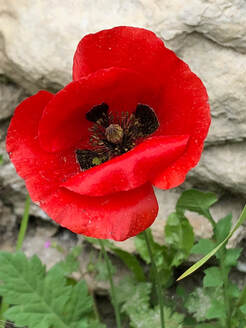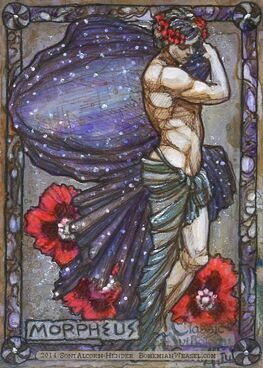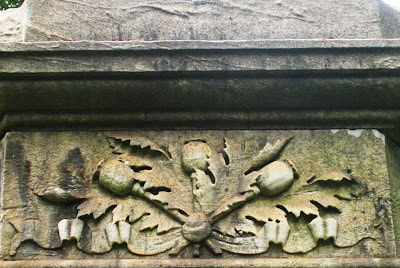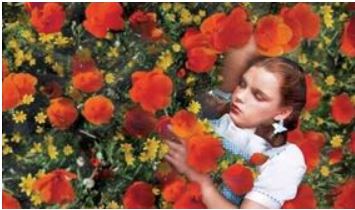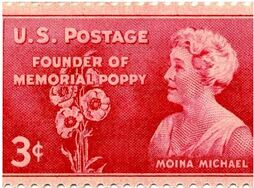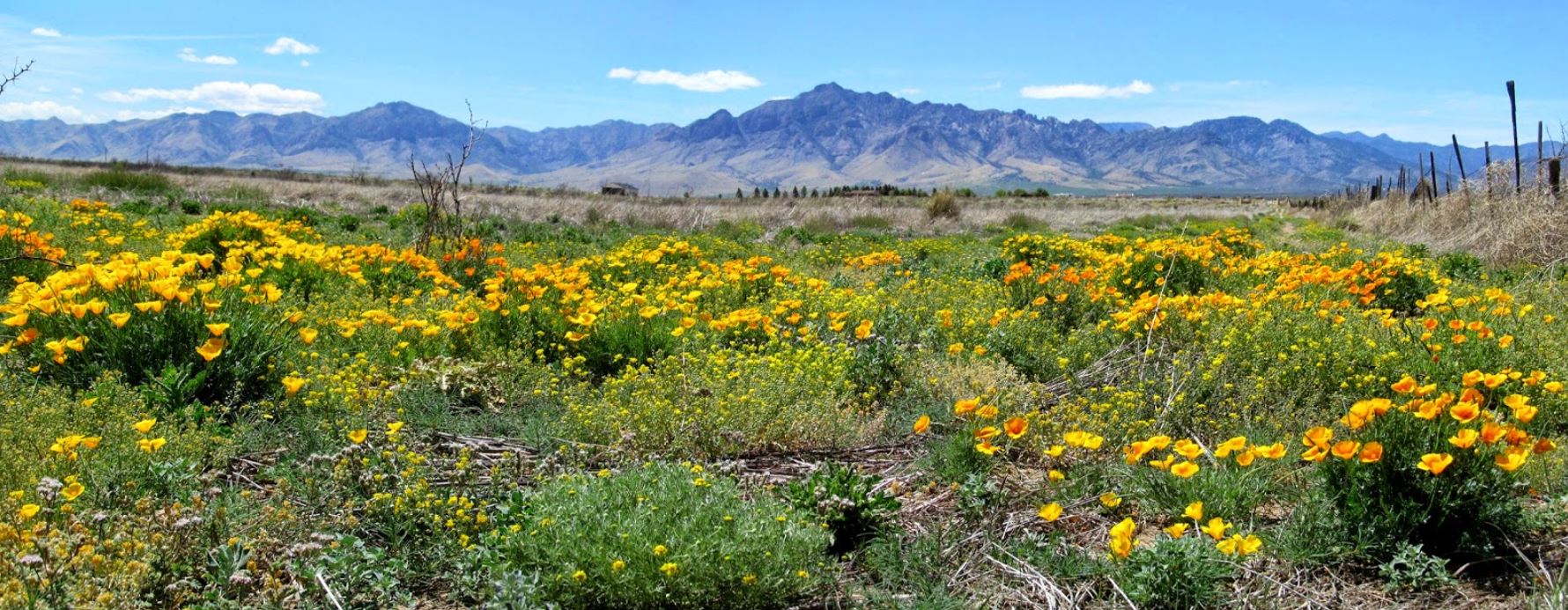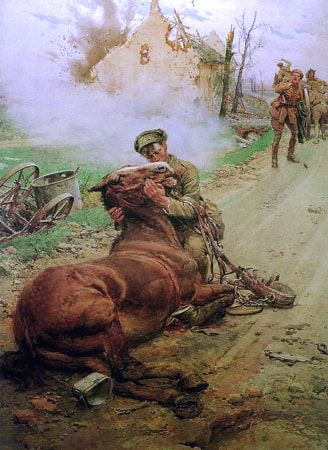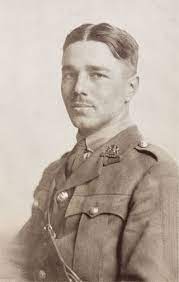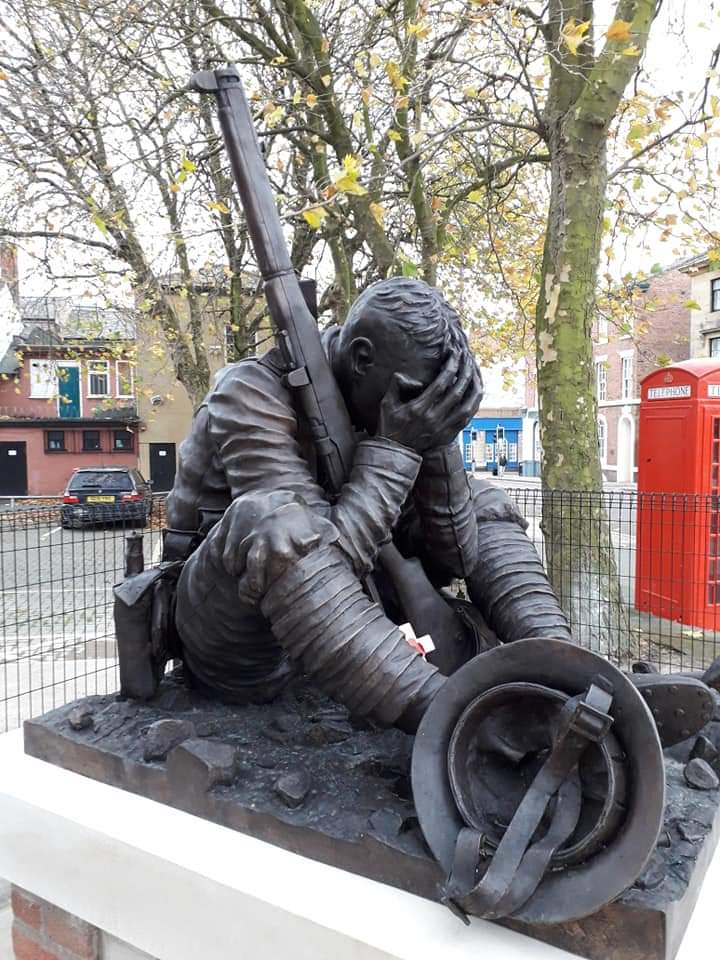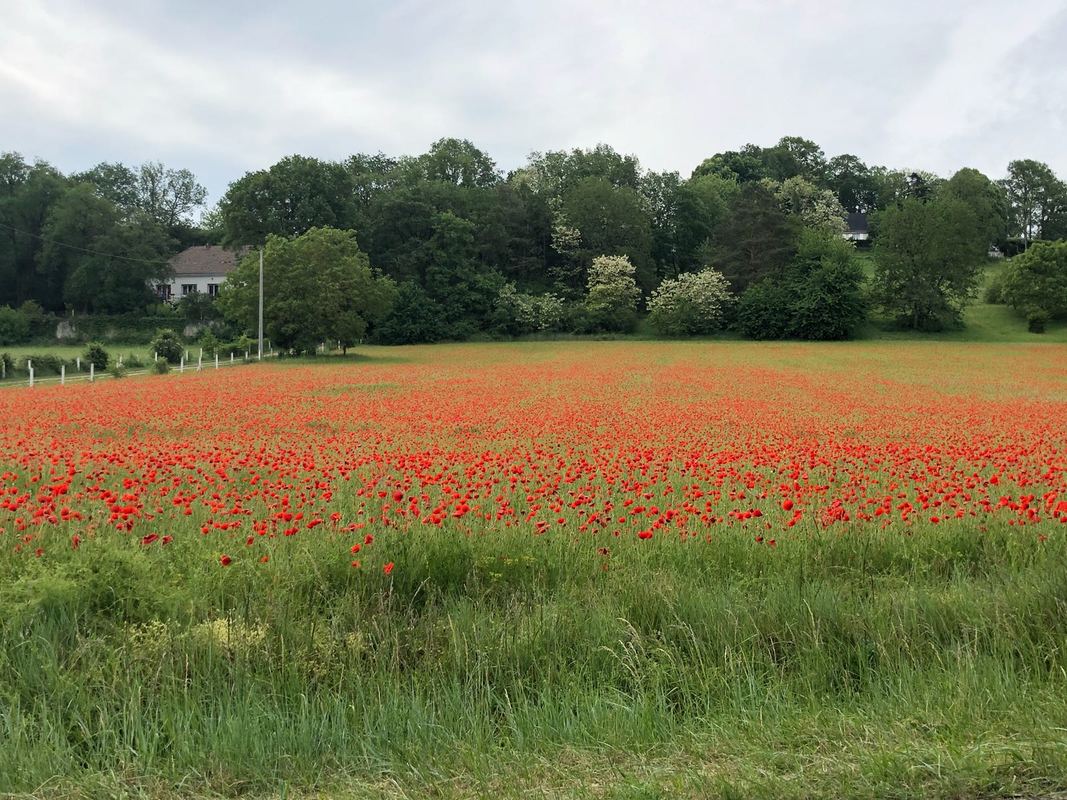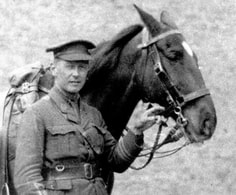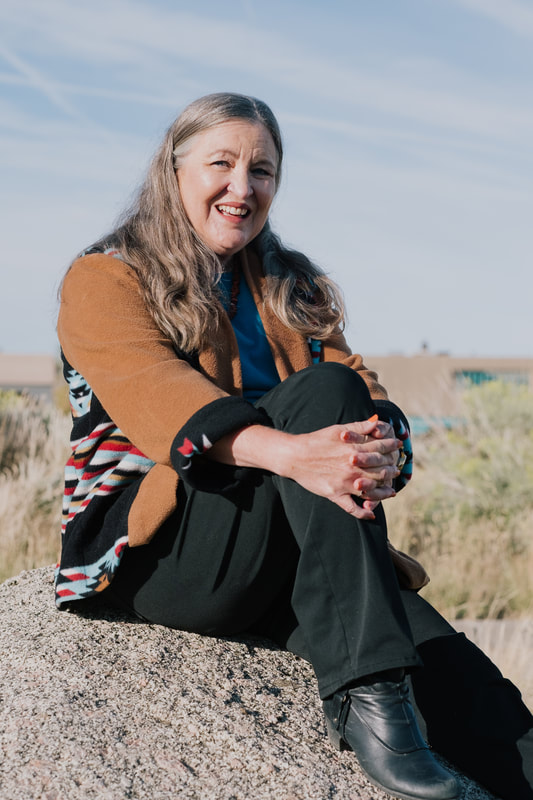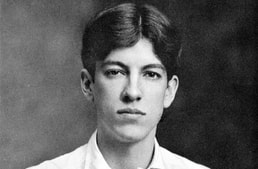
After graduating in 1910., Seeger moved to New York City's Greenwich Village, where he attempted to live a bohemian life, writing poetry and sleeping on the couch of his classmate, the revolutionary, John Reed. After two years, Seeger moved to Paris, France. When World War I began in 1914, Seeger enlisted in the French Foreign Legion.
Seeger's war-time letters talk of crowded quarters, filth, cold and misery. None of this made its way into his poetry, which demonstrates a romantic and fatalistic streak.
Alan Seeger died of a shot to the stomach during the attack on Belloy-en-Santerreon on July 4th, 1916. The French military awarded him the Croix de Guerre and the Médaille militaire posthumously. He was buried in a mass grave.
Seeger’s collected Poems were published in 1917 to mixed reviews. Critics often criticize his verses as impersonal, conventional, and idealized, but, like his English contemporary Rubert Brooke, Seeger hadn't matured as an artist. James Hart in the Dictionary of Literary Biography explained, “He needed more time to move from a stock and outmoded romanticism to a more distinctive and original style, from a style full of abstractions to one more concrete and personal.” Given more time, he might have become an American version of Wilfred Owen or Siegfried Sassoon.
I Have a Rendevous with Death
At some disputed barricade,
When Spring comes back with rustling shade
And apple-blossoms fill the air--
I have a rendezvous with Death
When Spring brings back blue days and fair.
It may be he shall take my hand
And lead me into his dark land
And close my eyes and quench my breath--
It may be I shall pass him still.
I have a rendezvous with Death
On some scarred slope of battered hill,
When Spring comes round again this year
And the first meadow-flowers appear.
God knows 'twere better to be deep
Pillowed in silk and scented down,
Where Love throbs out in blissful sleep,
Pulse nigh to pulse, and breath to breath,
Where hushed awakenings are dear ...
But I've a rendezvous with Death
At midnight in some flaming town,
When Spring trips north again this year,
And I to my pledged word am true,
I shall not fail that rendezvous.
